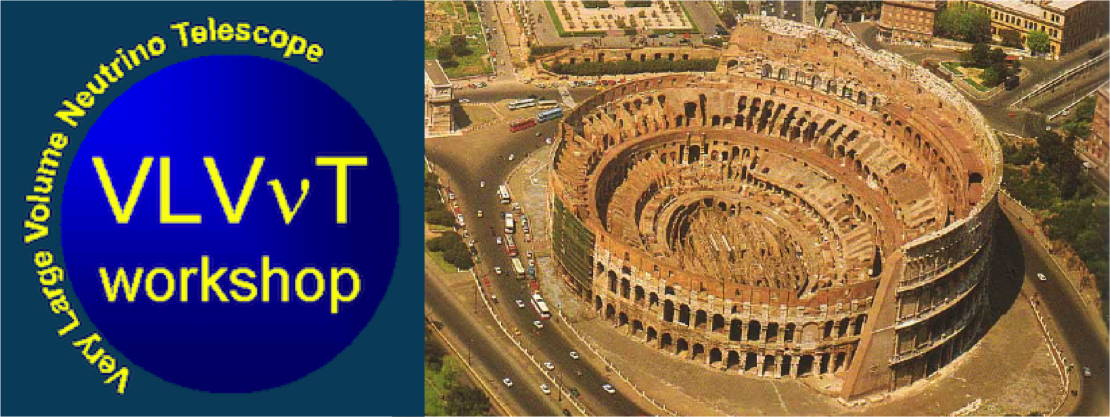Speaker
Ernst-Jan Buis
(TNO)
Description
Acoustic detection may provide way to observe ultra-high energy cosmic neutrinos, i.e.
energies above 10$^{18}$ eV, and their extra-galactic sources [1, 2].
The expected flux of cosmic neutrinos with ultra-high energy is low, so that large scale neutrino telescopes are needed for this emerging field of astroparticle physics. Using the acoustic signals induced by a neutrino interaction in water has the advantage that sound can travel for many kilometers with only small attenuation in the relevant frequency range. A
hydrophone network that uses the deep sea as a detection medium may therefore be
the solution to detect the ultra-high energy neutrinos. It has been advocated that fiber optic hydrophone technology is a promising means to establish a sensitive, cost-effective and large scale sensor network [3]. In this technology several hydrophone sensors are integrated on a optical fiber. The sensors transform the acoustic pressure in to strain in the fiber. Subsequently, this strain causes a wavelength shift of the light that travels through the fiber and that is sensed using an interrogator. Hydrophones based on optical fibers, provide the required sensitivity to detect the small signals from neutrinos. At the same time, optical fibers form a cost-effective and straightforward way for the installation of a large scale network.
In this talk we present an update of the research and development of the fiber hydrophone technology. Recent progress at TNO has led to a new and improved hydrophone sensor. Measurements to characterize the sensor and to show its performance have been carried out and will be presented. In addition the performance of the interrogator is discussed and measurements are shown, leading to an overall performance prediction of the technology.
[1] G. A. Askaryan. Acoustic recording of neutrinos. Zemlia i Vselennaia, 1:13–16, 1979.
[2] J. G. Learned. Acoustic radiation by charged atomic particles in liquids: An analysis. Phys. Rev. D, 19:3293–3307, June 1979.
[3] E. J. Buis et al. Fibre laser hydrophones for cosmic ray particle detection. Journal of
Instrumentation, 9(03):C03051, 2014
Author
Ernst-Jan Buis
(TNO)
